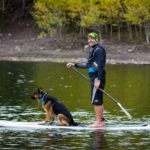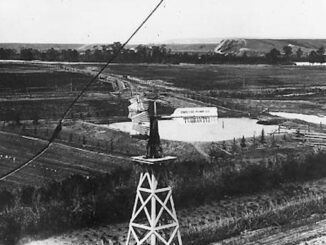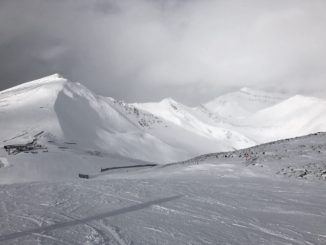Athabasca Landing (now known as the Town of Athabasca) has an interesting history, rooted in the fur trade and the transportation challenges of northern Alberta. It was founded in the 1870s by the Hudson’s Bay Company (HBC). Because the usual routes to northern posts (i.e. rivers or older portages) were often difficult, HBC scouts looked for more reliable paths. In 1876, they built the Athabasca Landing Trail, sometimes called “The 100-Mile Portage” connecting Fort Edmonton on the North Saskatchewan River to a point on the Athabasca River where goods could be transferred for further travel north.
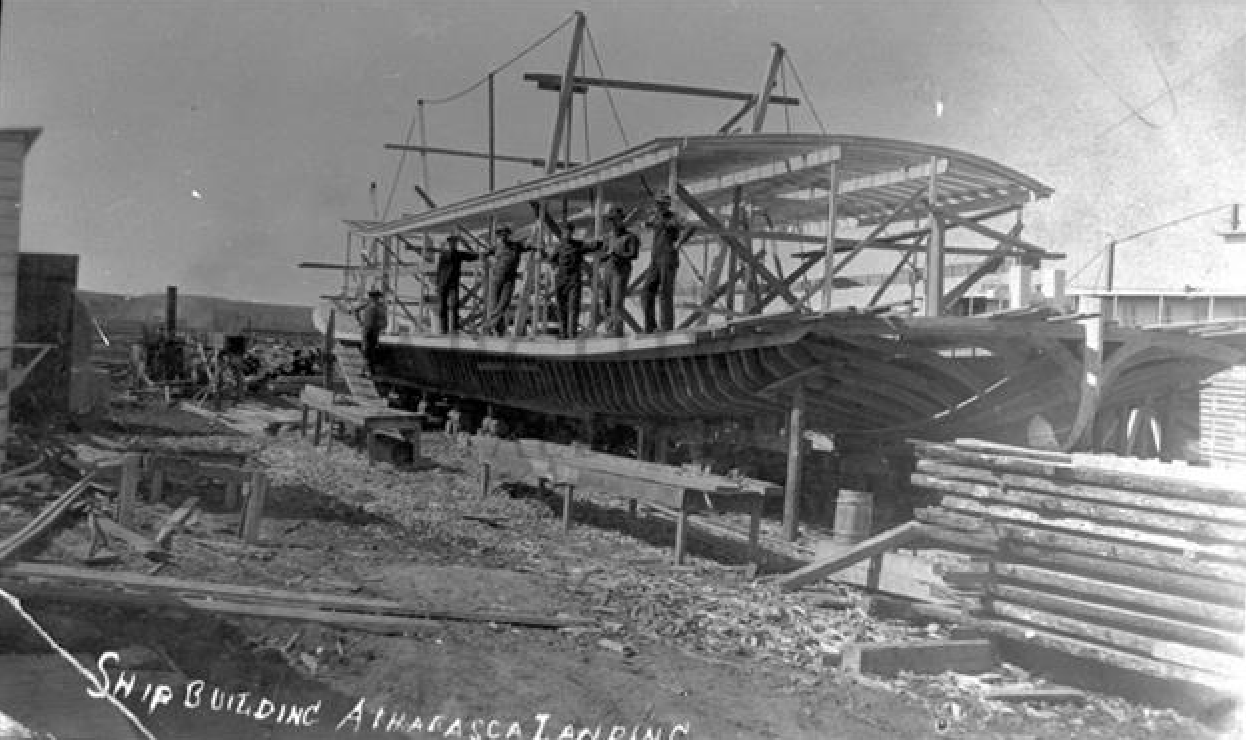
By 1877, there was a seasonal HBC trading post. Over the next decade, they expanded, building warehouses, a store, workshops, and even steamboats and scows. The site became the major transportation hub for goods and people going north into less accessible parts of Alberta, as well as for fur traders, settlers, missionaries, and prospectors.
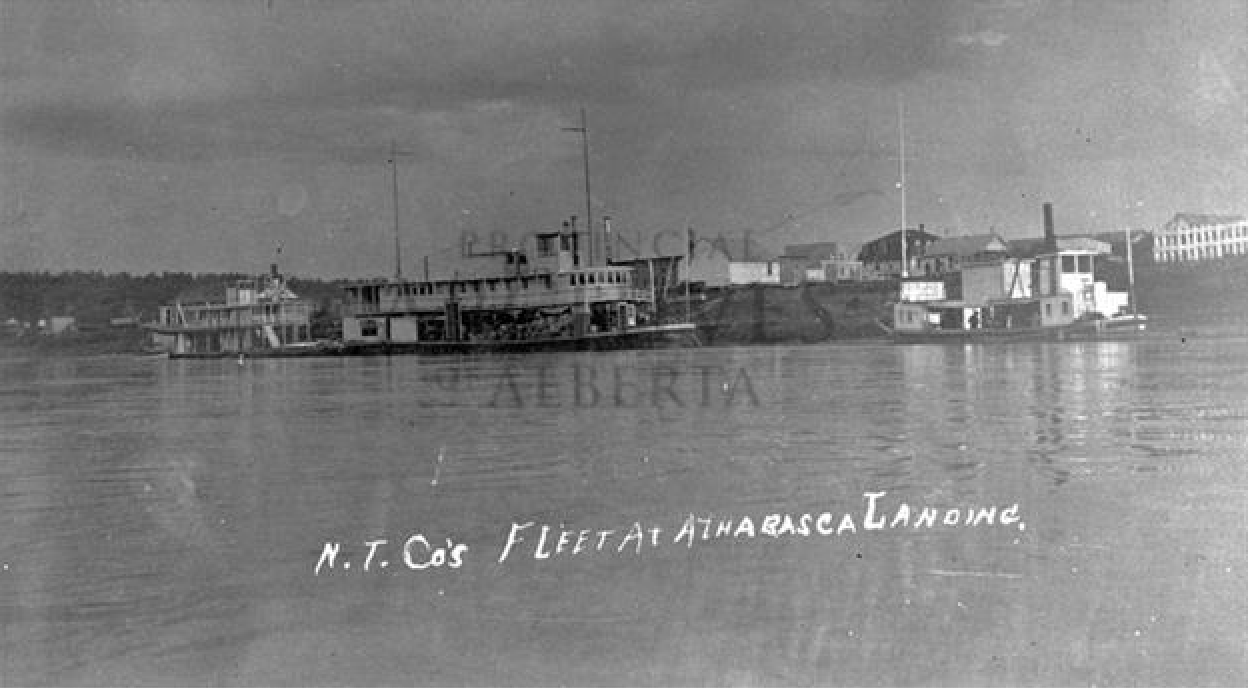
Today, Athabasca retains much of its heritage as a gateway to the North, but is now a small town with several amenities and preservation efforts. The Athabasca Heritage Society is active in preserving historical buildings (like the restored train station), riverfront spaces, signage, and walking tours.
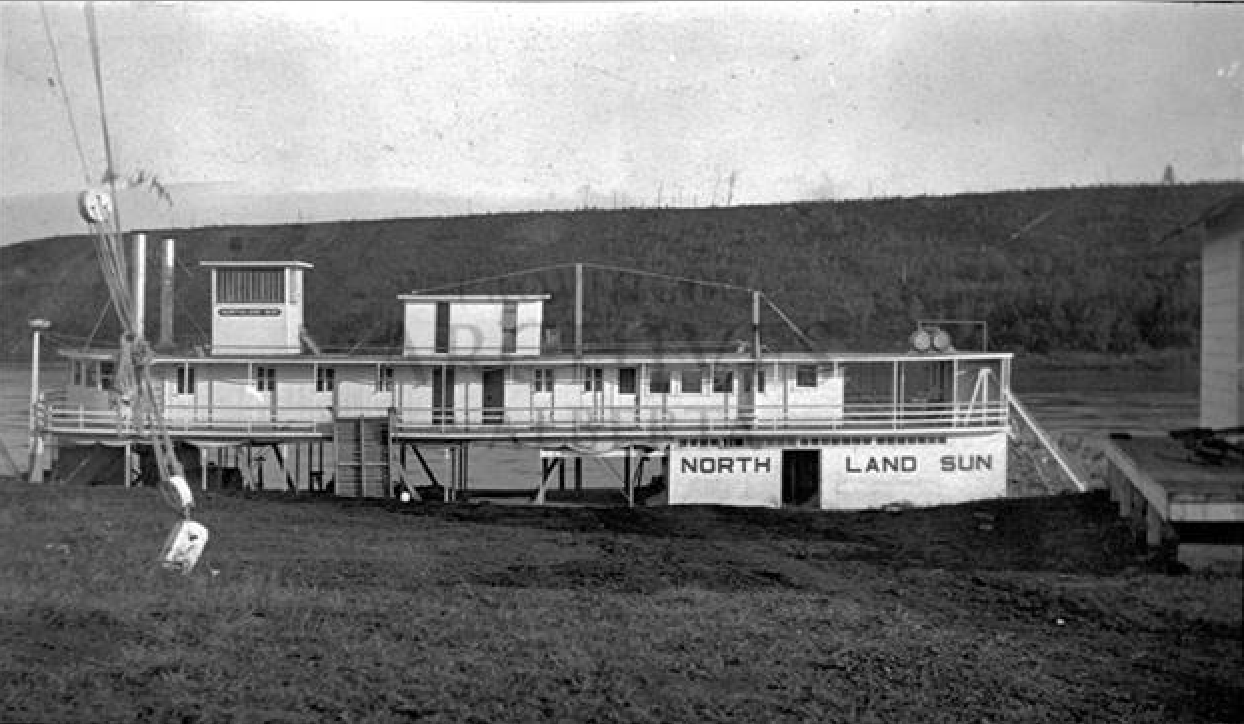
The town still celebrates its riverfront. What was once the site of steamboat landings, scow building, ferry crossings, and industrial river transport has evolved into parks, picnic spaces, a skateboard park, and recreational areas with interpretive signs about its past. Please enjoy this collection of historical photos of Athabasca Landing, one of Alberta’s heritage communities.
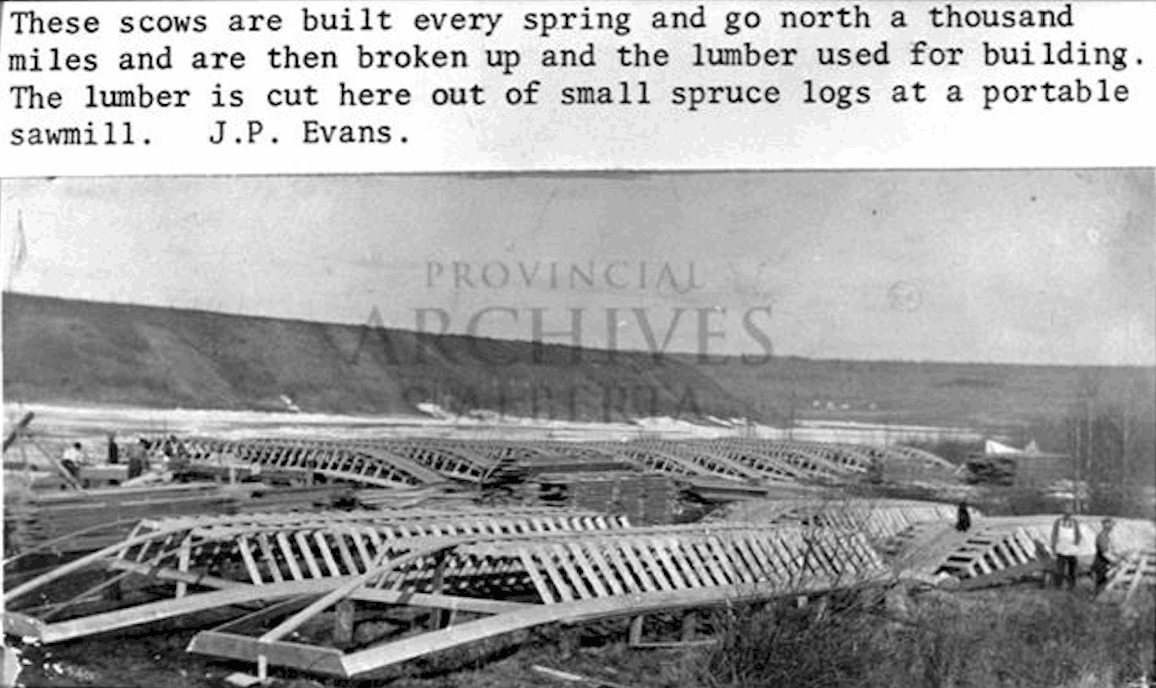
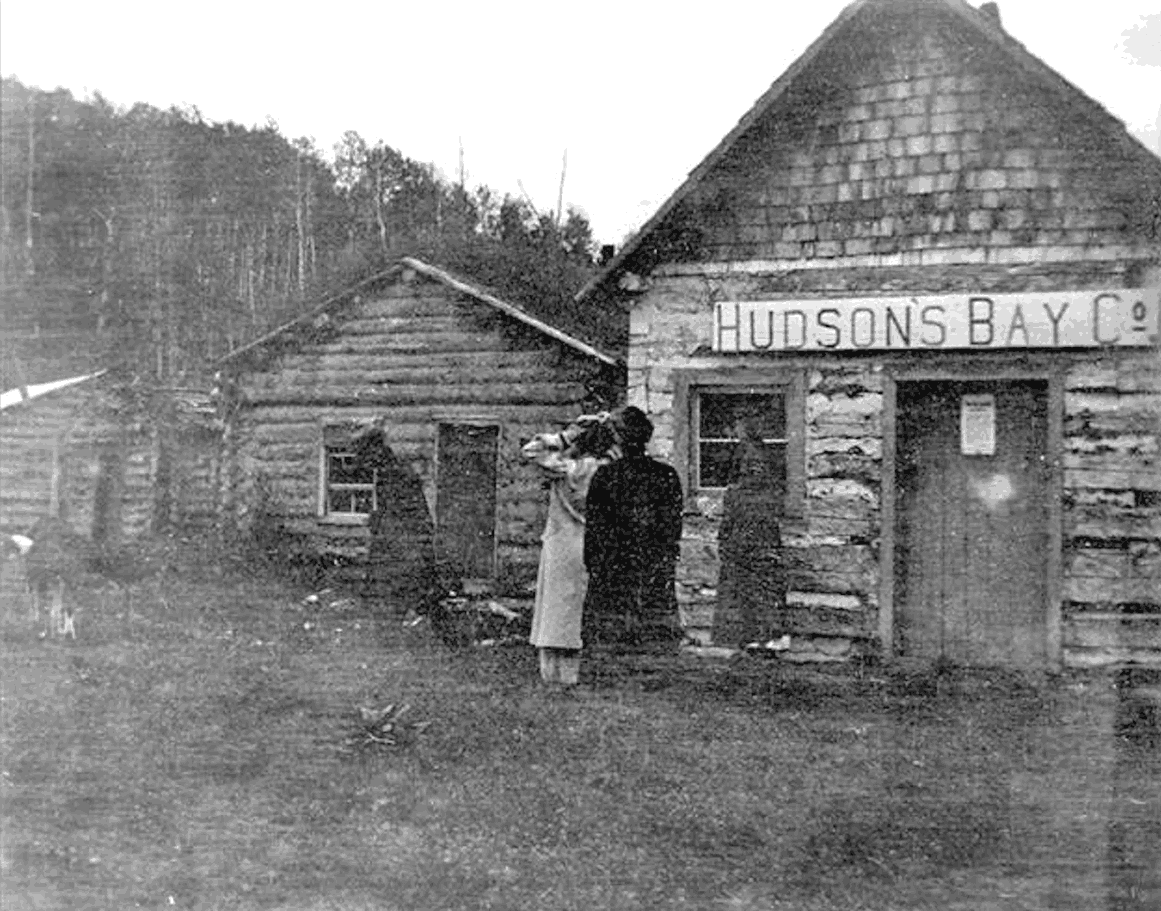
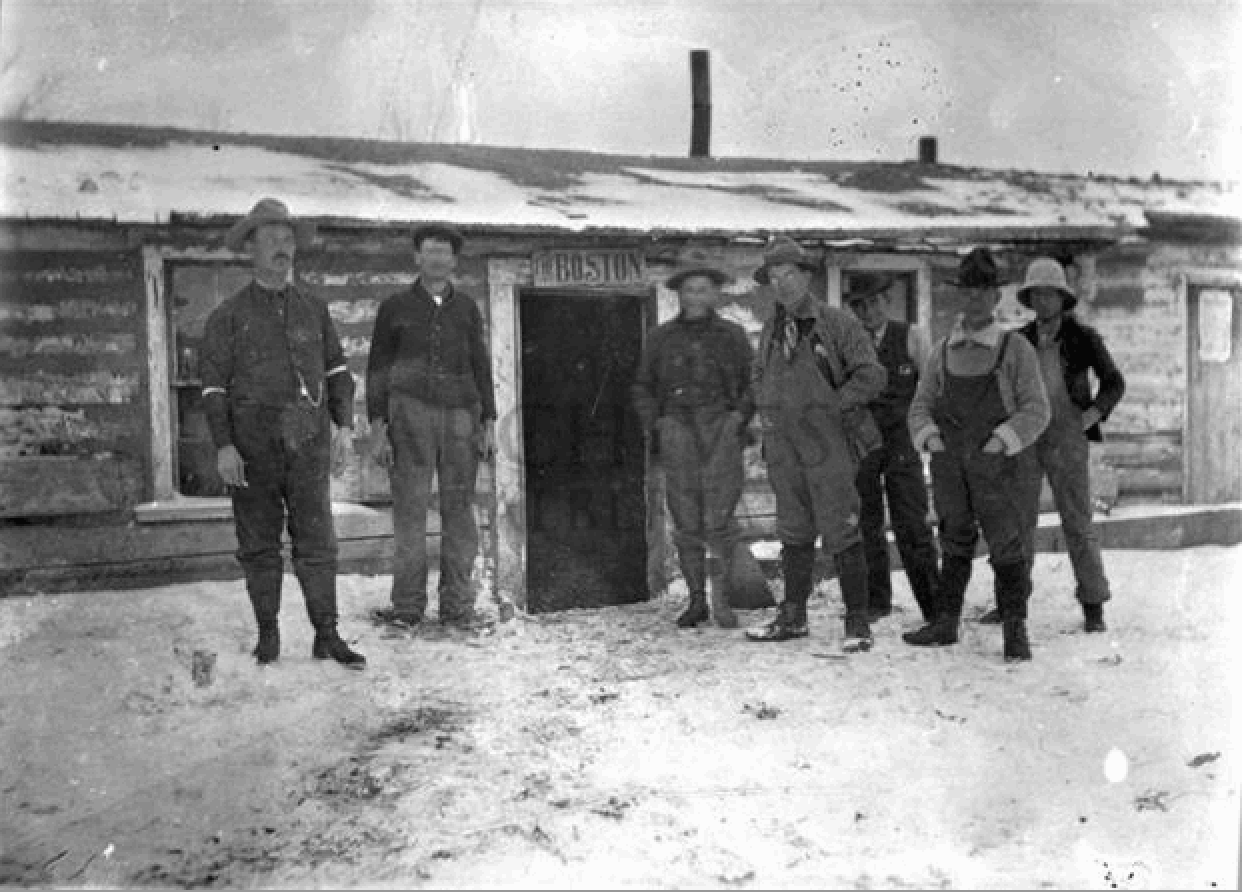
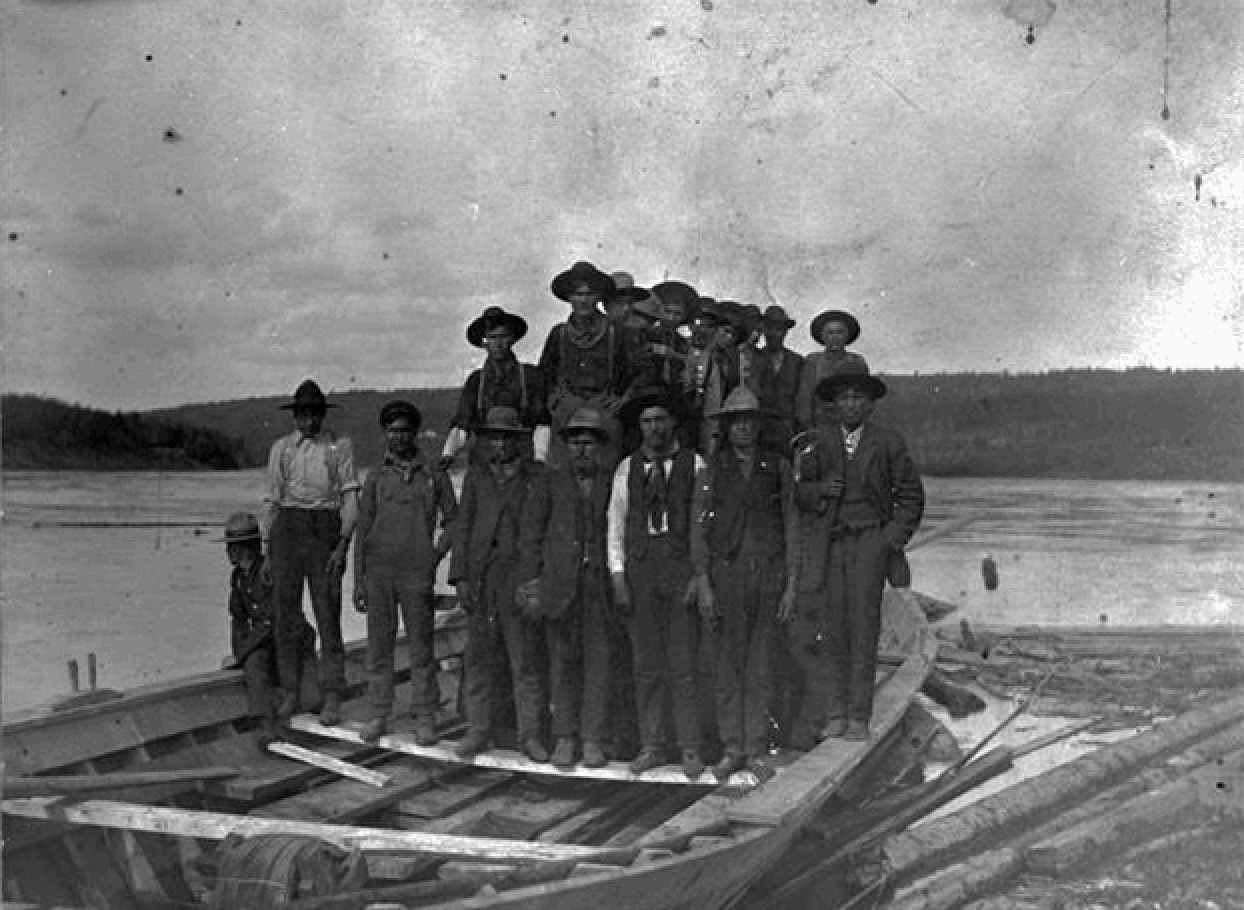
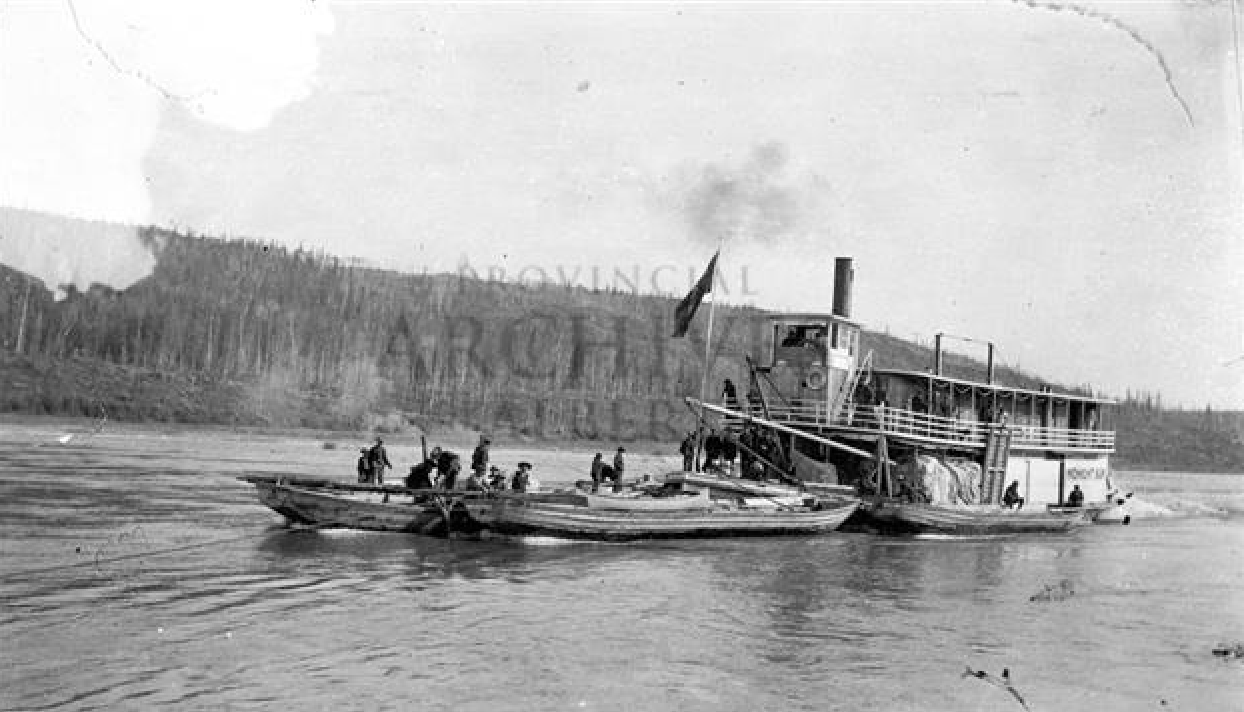
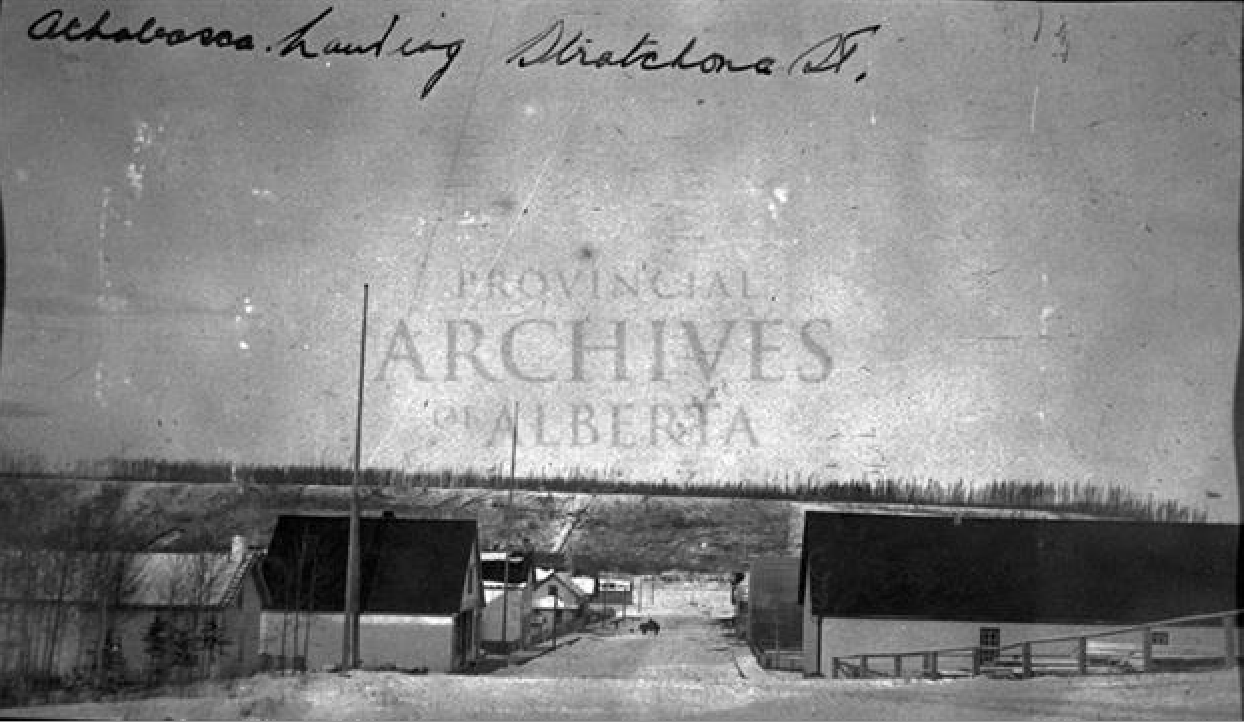
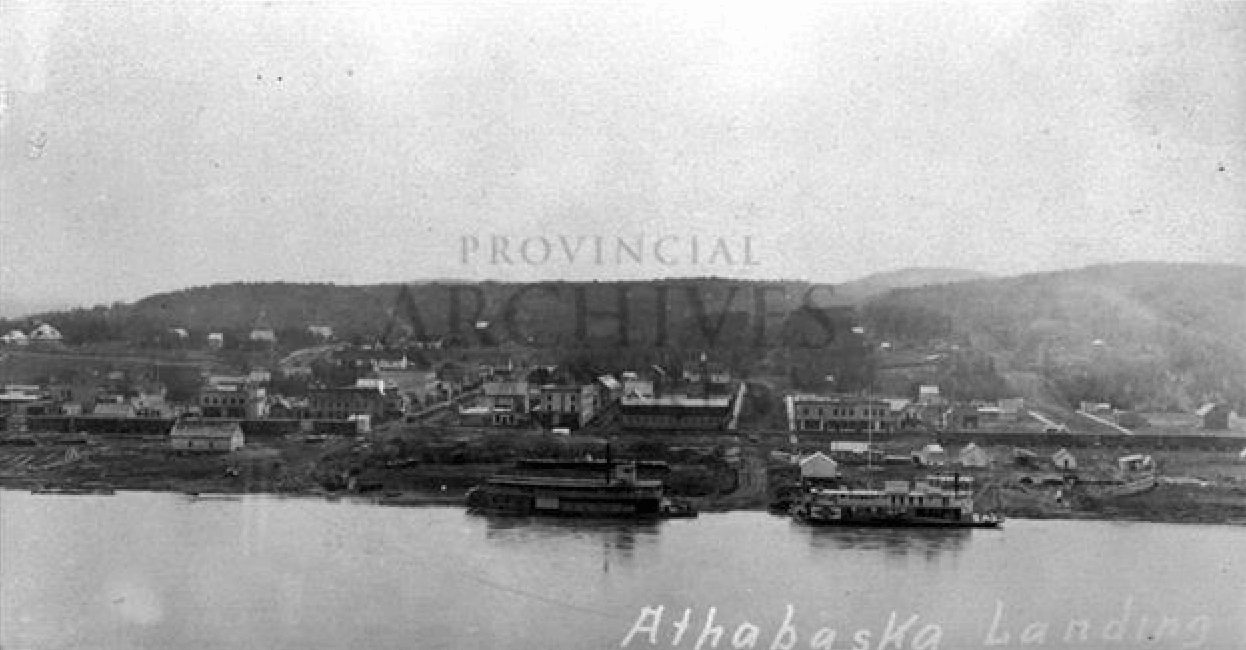
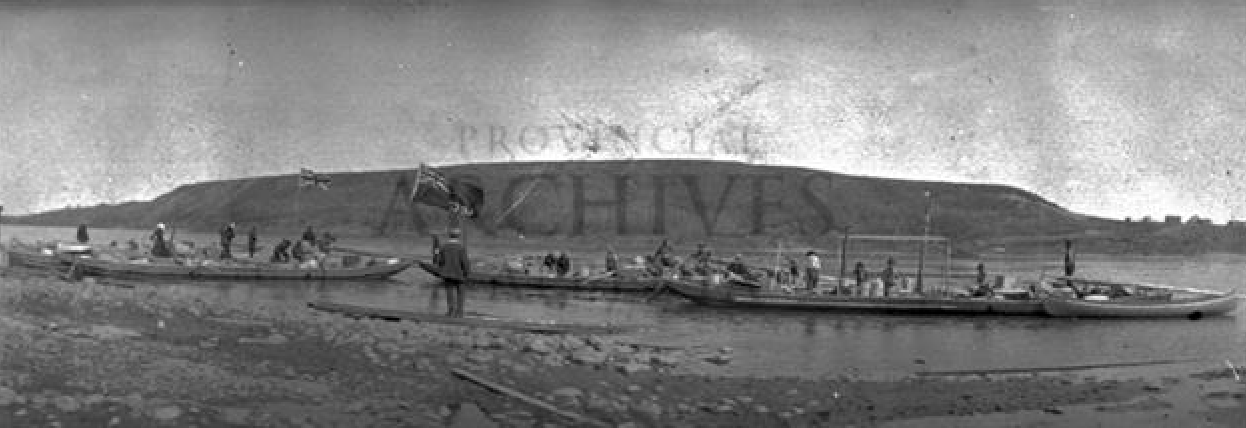
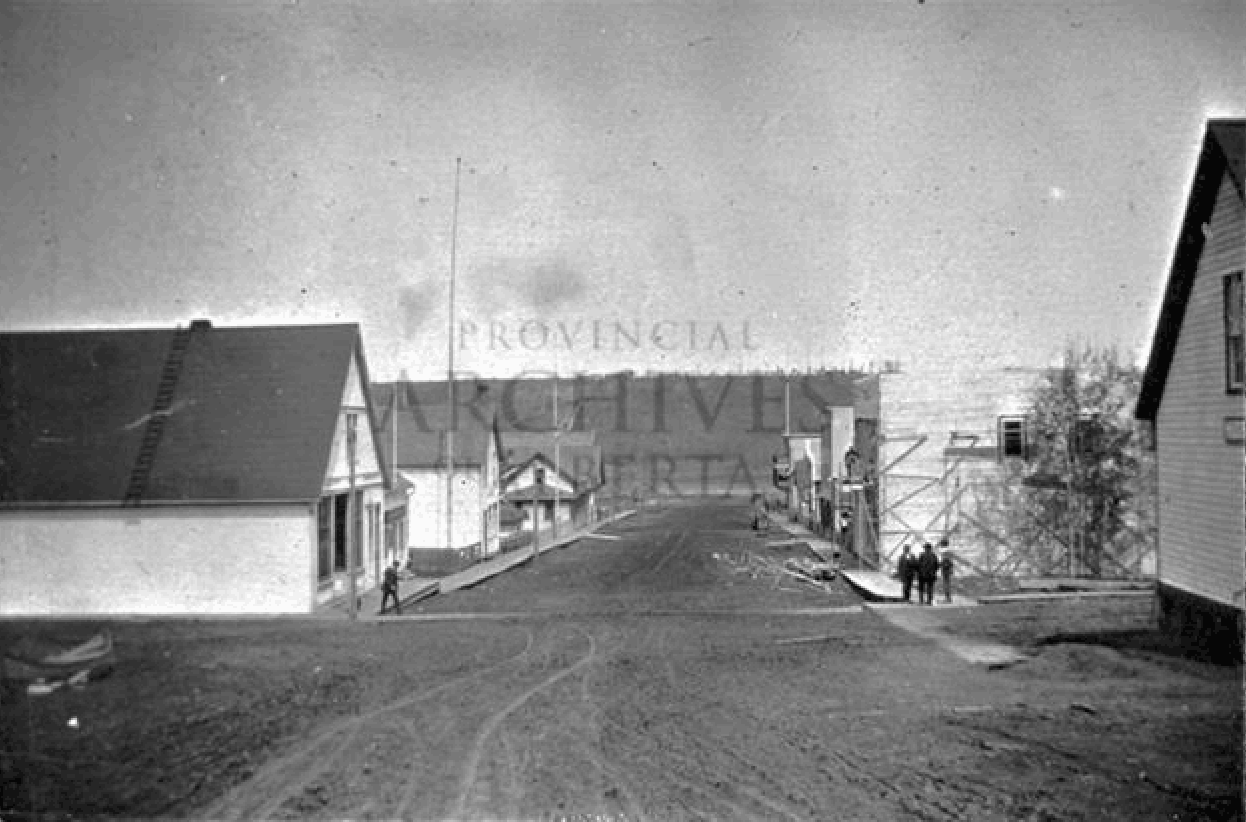
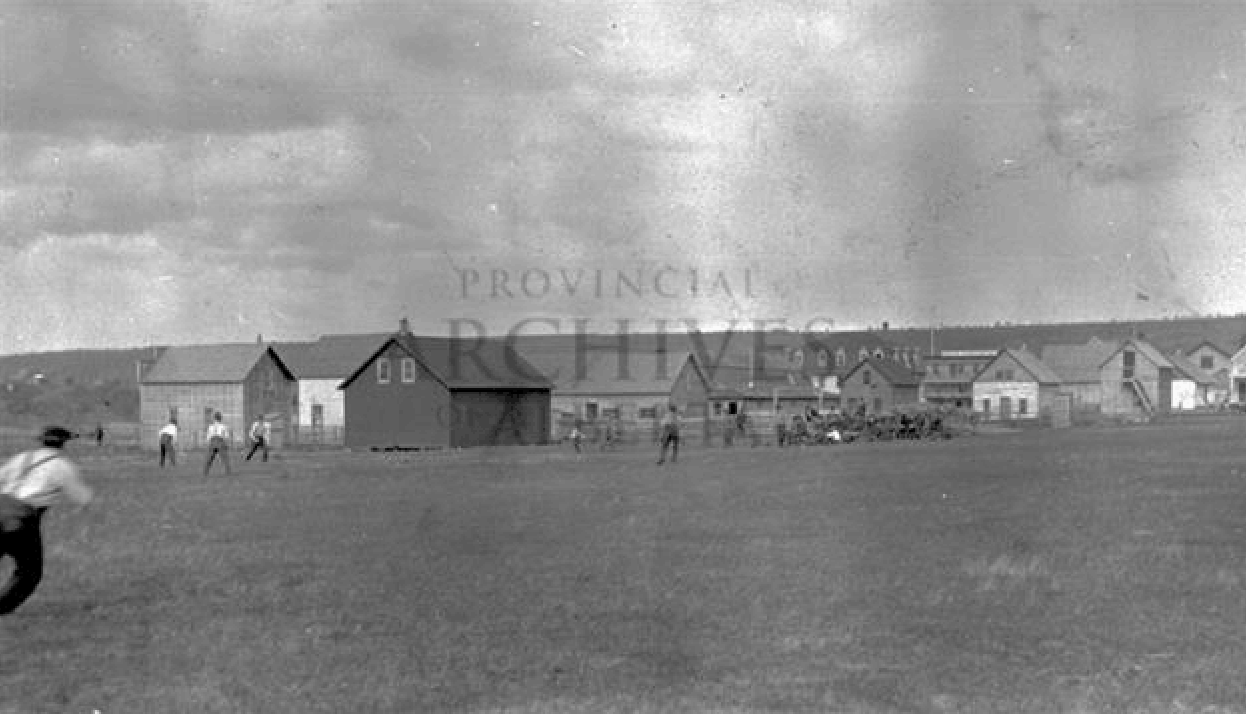
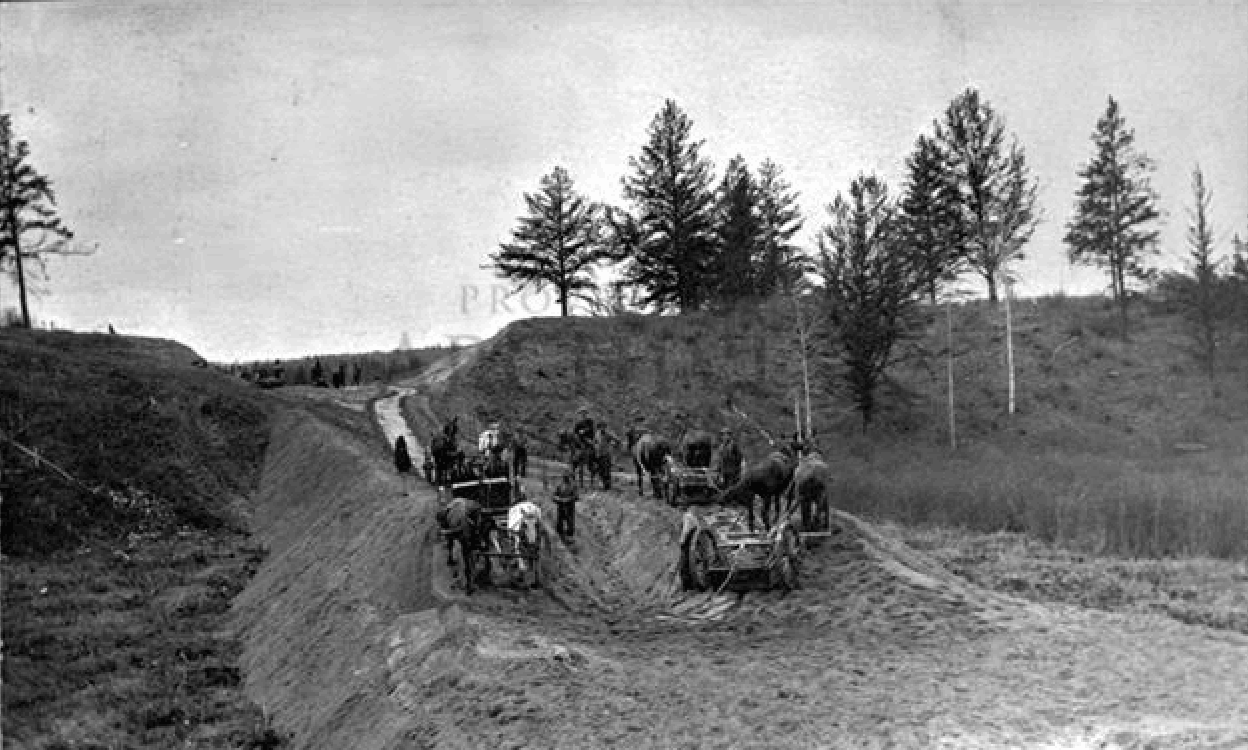
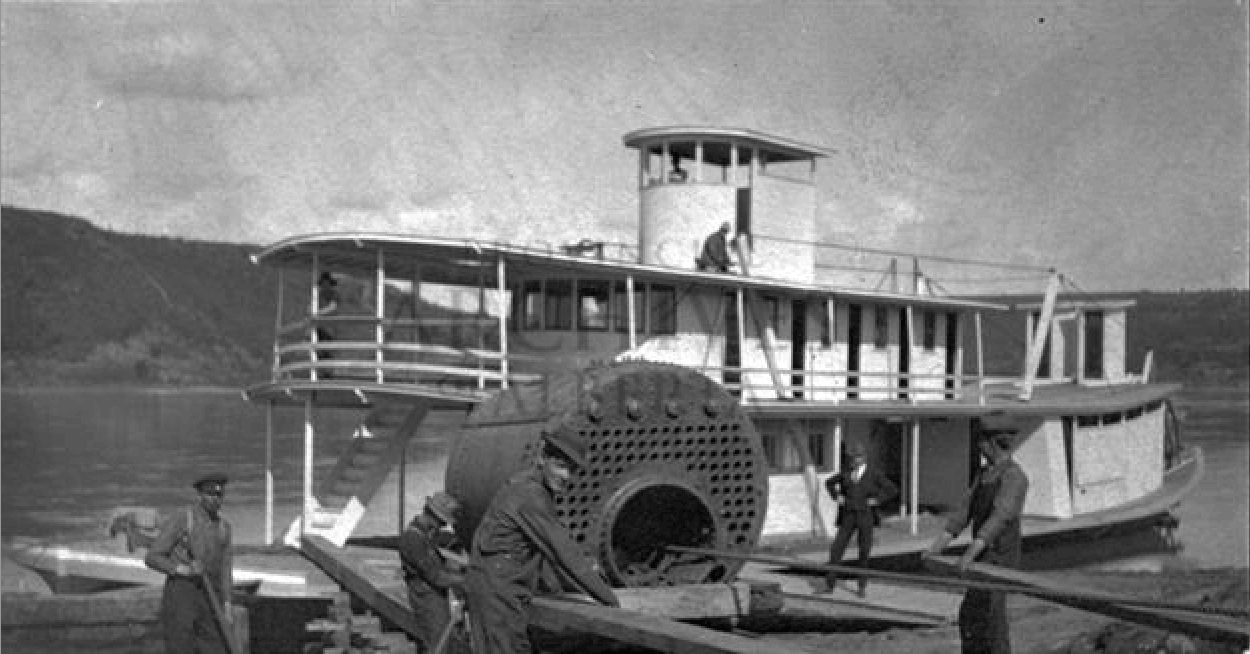
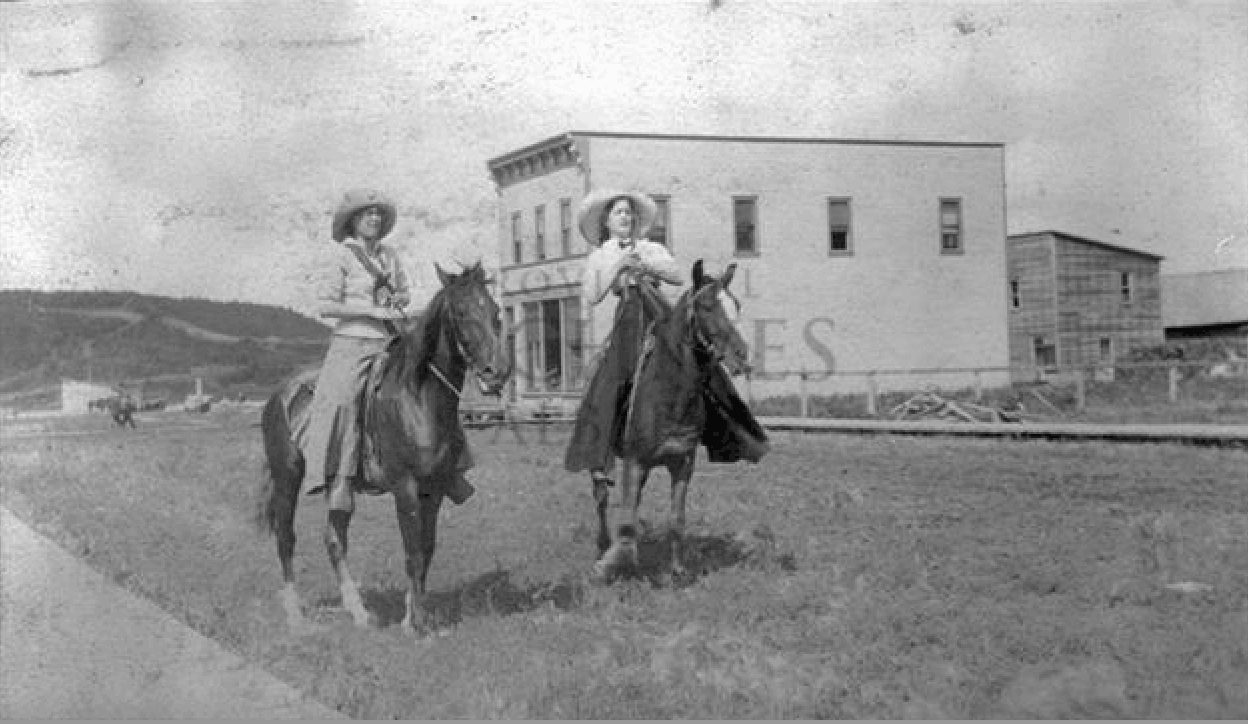
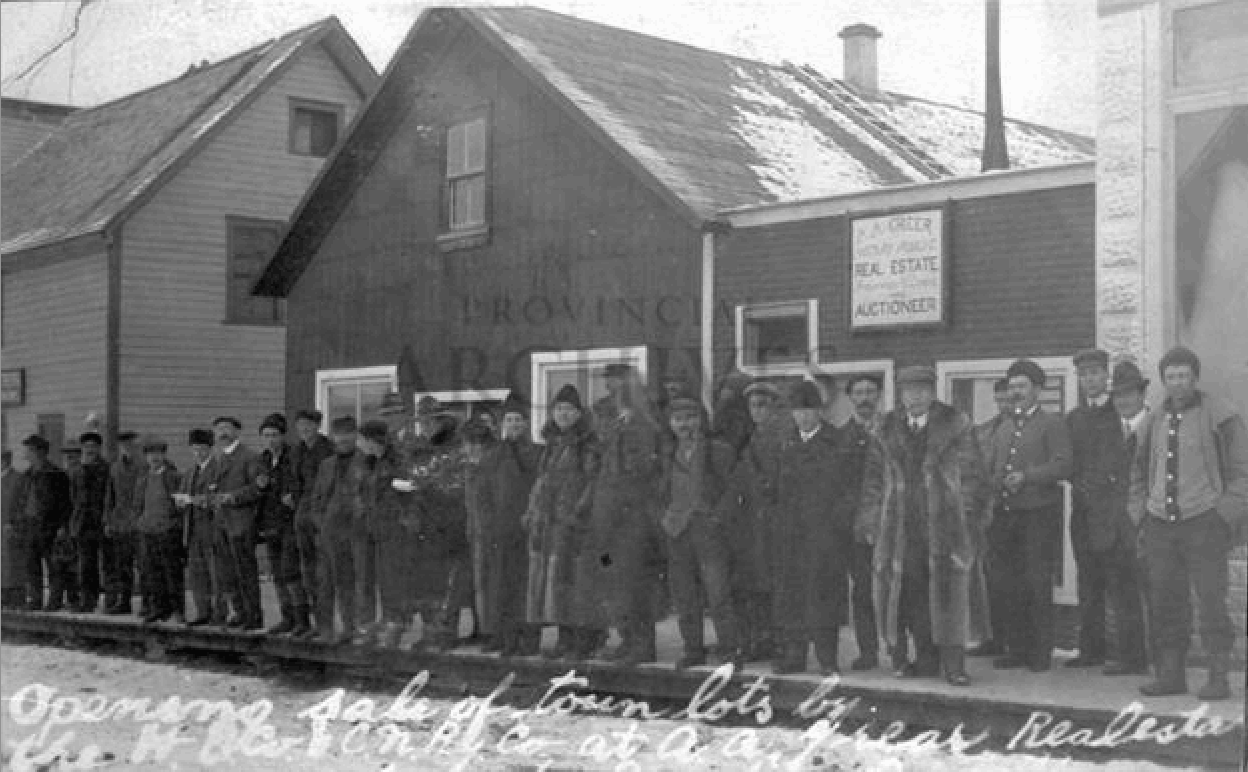

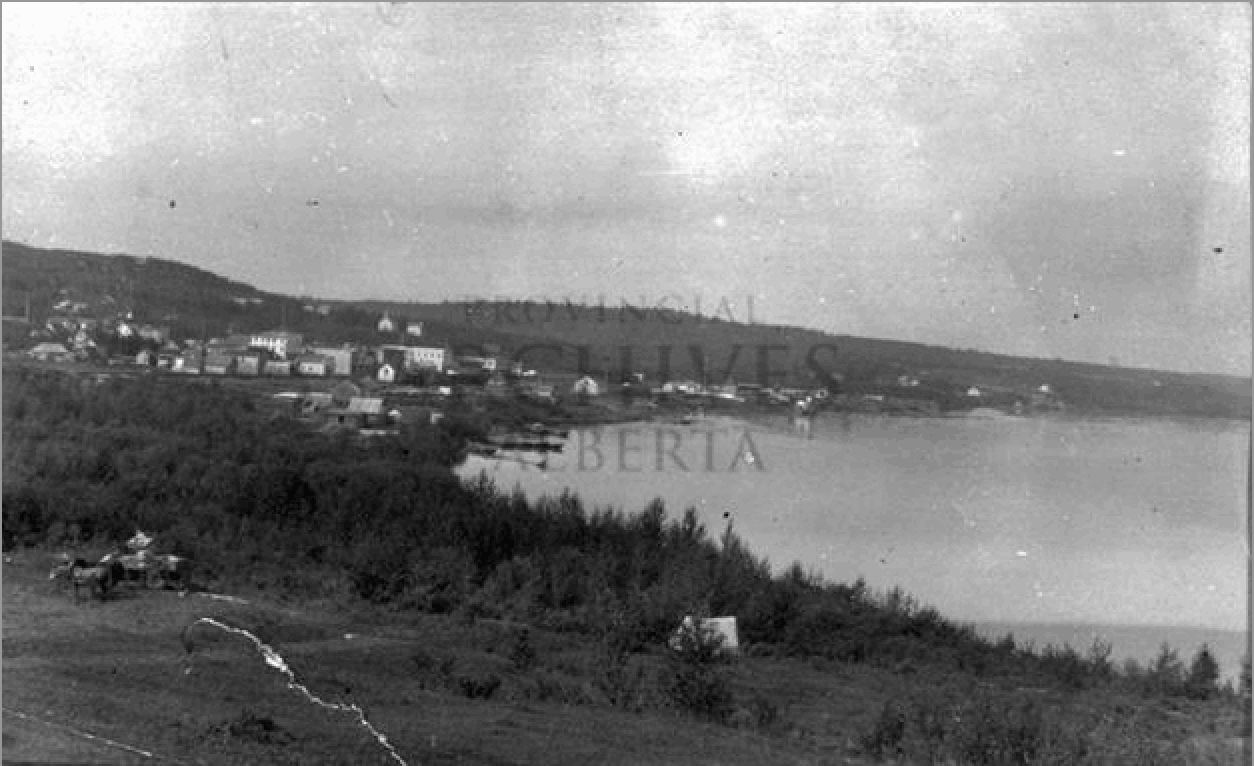
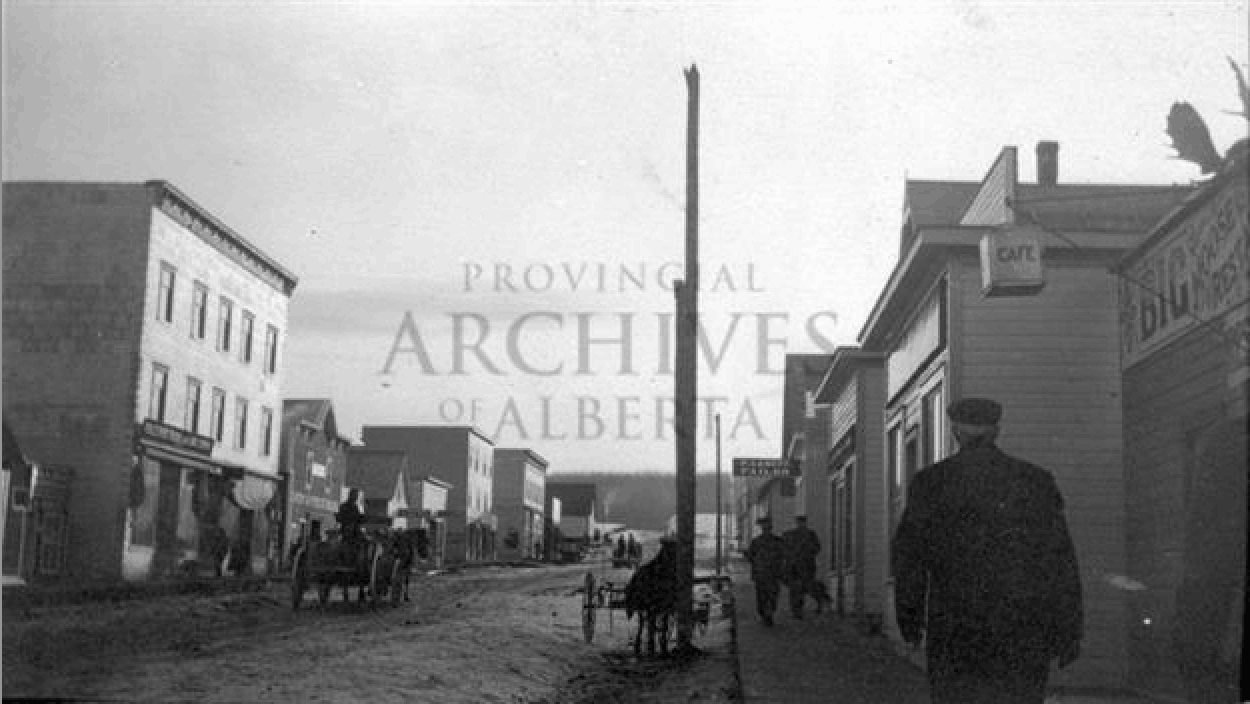
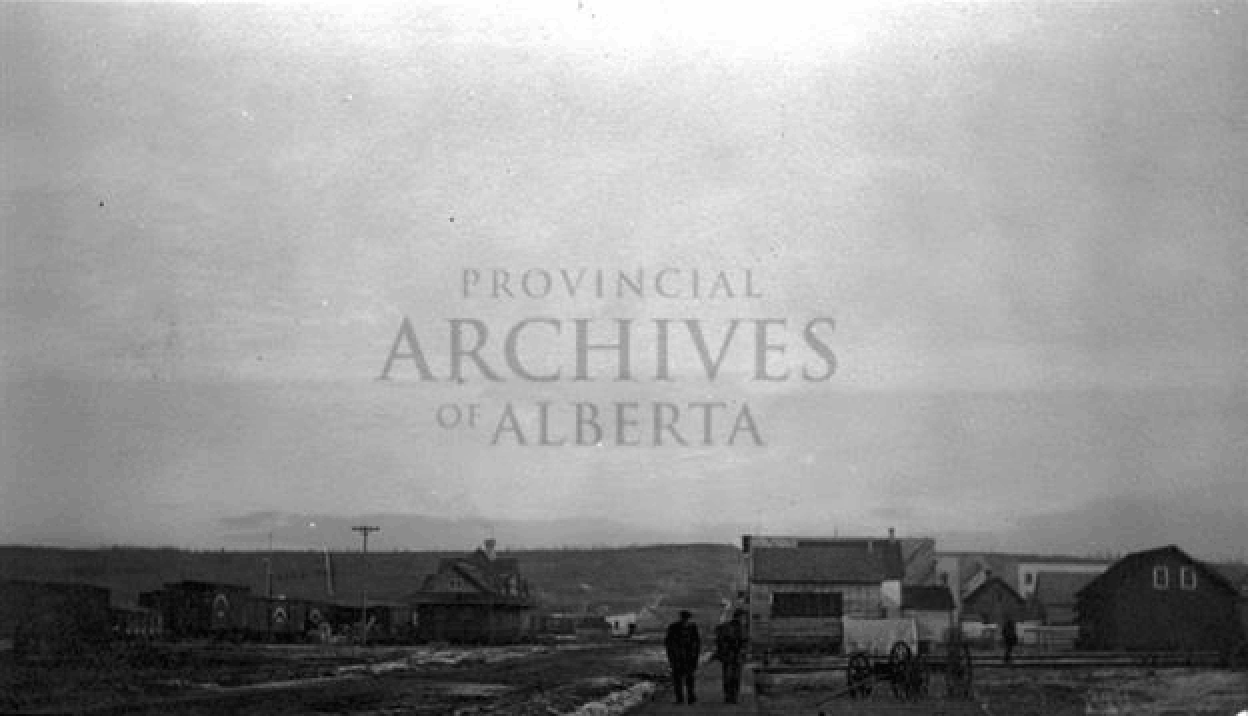
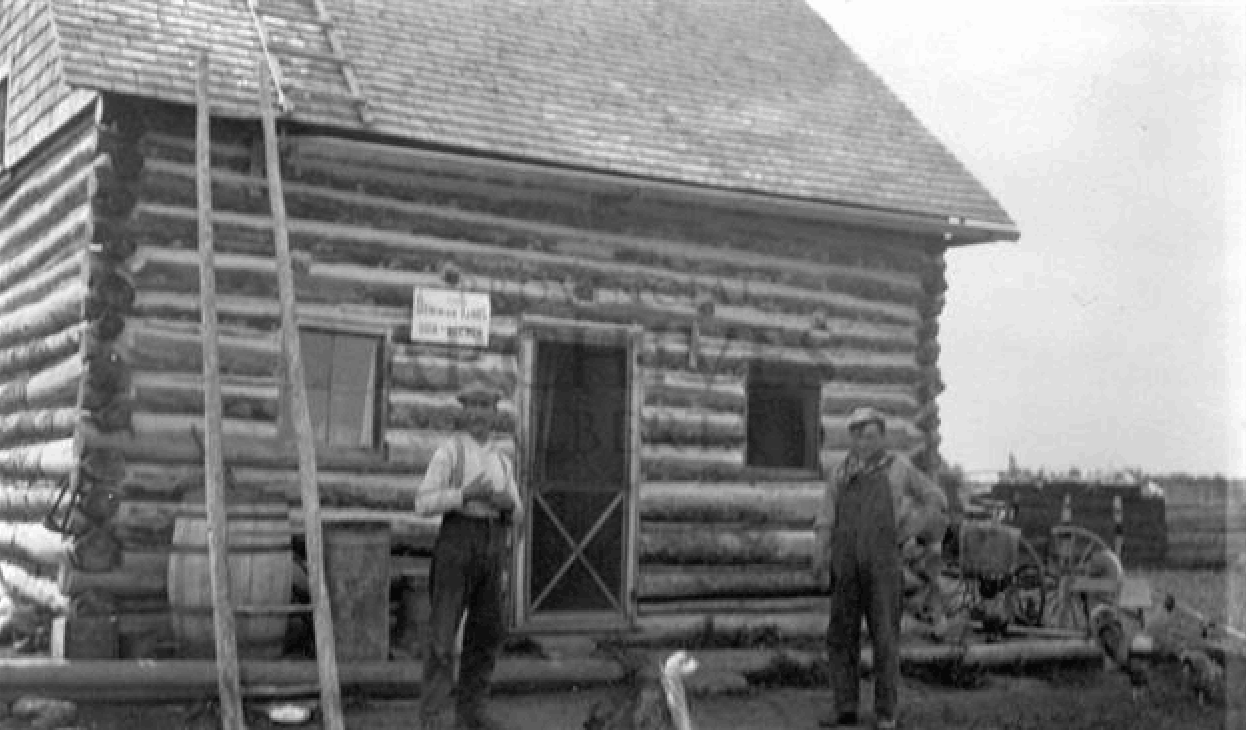
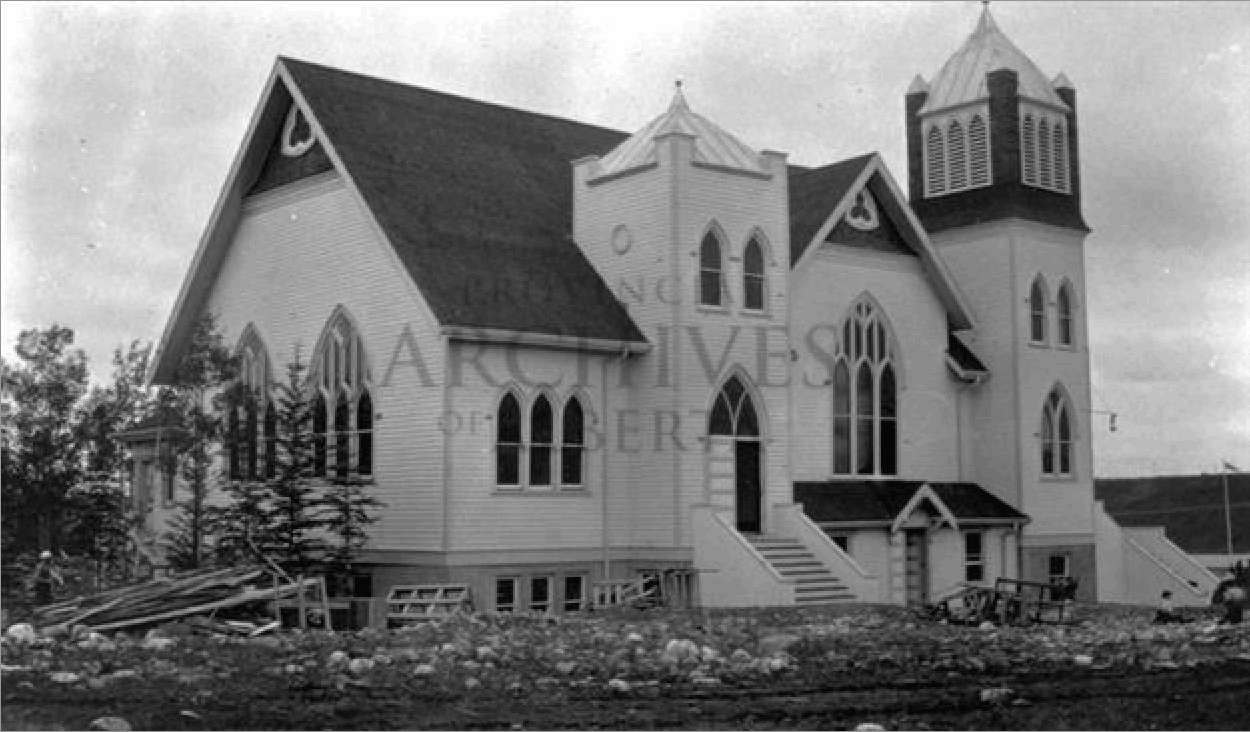
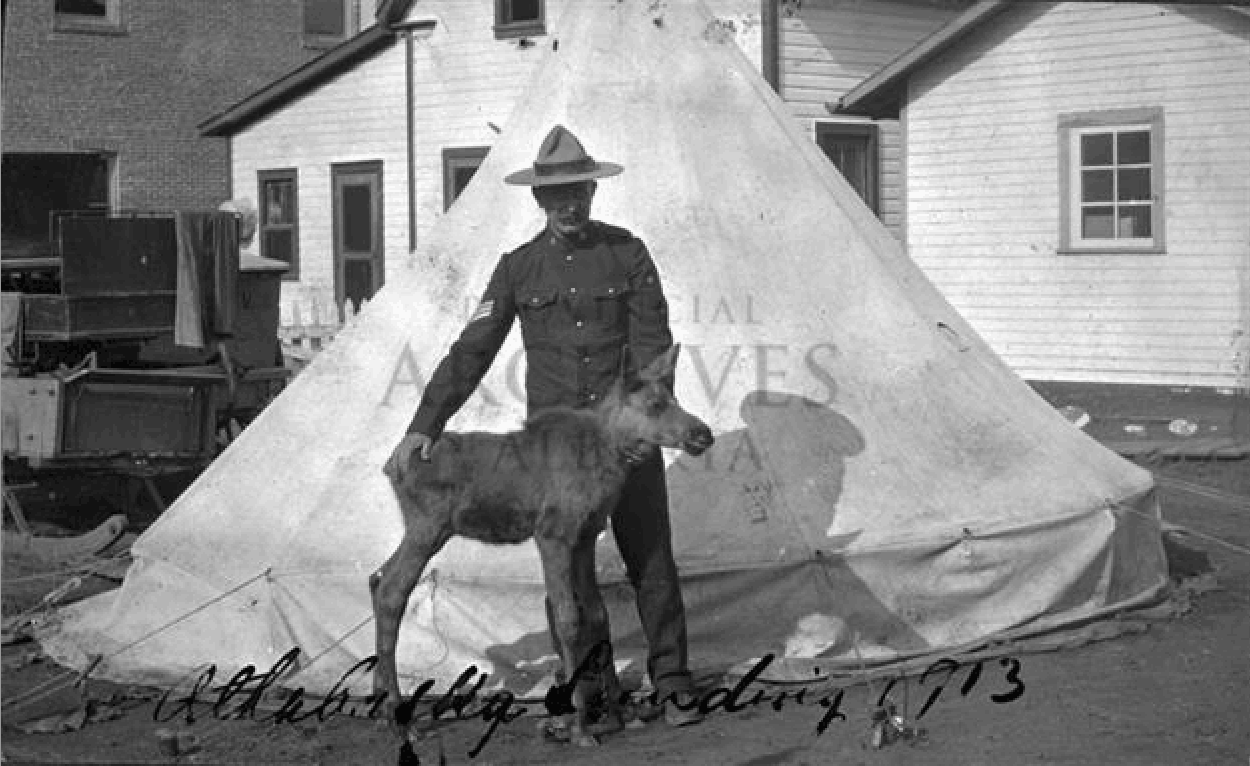
For similar collections of historical photos, please see my previous posts including Old Photographs of Fort Dunvegan, Historic Photos of Mountain Park, Vintage Photos of the Hamlet of Lac La Biche, and Historic Photos of Fort Chipewyan.
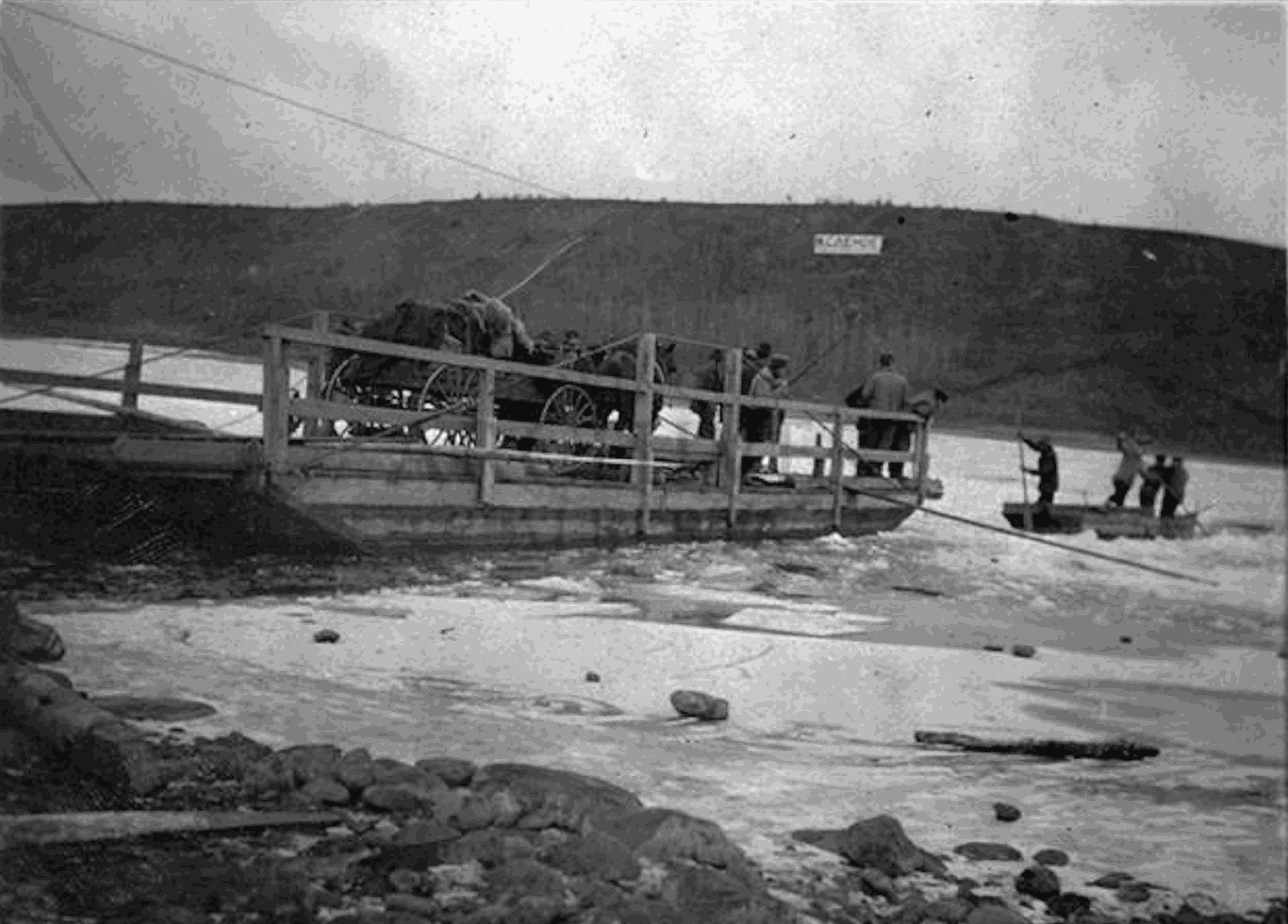
The photos above were collected from the Provincial Archives of Alberta. If you’re interested, additional information can be found for each photograph on their website. Stay tuned for additional posts featuring historical photos from across Alberta and Western Canada. We’d love to know what you think in the comment section below.

